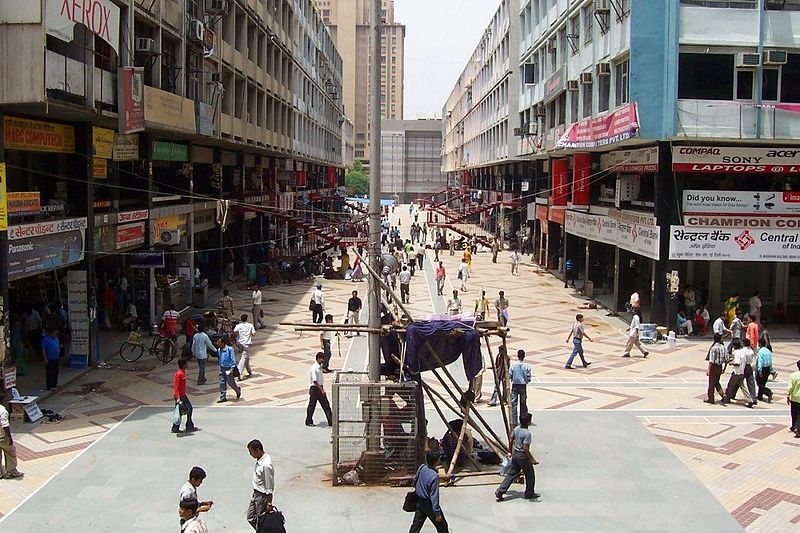Spaces and Flows’s Updates
The world wants more 'porous' cities – so why don't we build them?
The Guardian | Article Link | by Richard Sennett
Recently I tried to buy an iPhone in Nehru Place, an open-air electronics market in Delhi where goods that “happen to fall off a truck” are sold for 30%, 40% or 70% discounts – whatever cash you have handy. My iPhone turned out to a damaged dud, but I didn’t really care; the experience of going to Nehru Place was eye-opening. It’s a completely porous spot in the city, people of all castes, classes, races and religions coming and going, doing deals or gossiping about the small tech start-ups in the low offices which line the square; you can also worship at a small shrine if you’re so minded, or find a sari, or just lounge about drinking tea.
Nehru Place is every urbanist’s dream: intense, mixed, complex. If it’s the sort of place we want to make, it’s not the sort of space most cities are building. Instead, the dominant forms of urban growth are mono-functional, like shopping centres where you are welcome to shop but there’s no place to pray. These sorts of places tend to be isolated in space, as in the offices “campuses” built on the edge of cities, or towers in a city’s centre which, as in London’s current crop of architectural monsters, are sealed off at the base from their surroundings. It’s not just evil developers who want things this way: according to Setha Low, the most popular form of residential housing, world-wide, is the gated community.
Is it worth trying to turn the dream of the porous city into a pervasive reality? I wondered in Nehru Place about the social side of this question, since Indian cities have been swept from time to time by waves of ethnic and religious violence. Could porous places tamp down that threat, by mixing people together in everyday activities? Evidence from western cities answers both yes and no.


